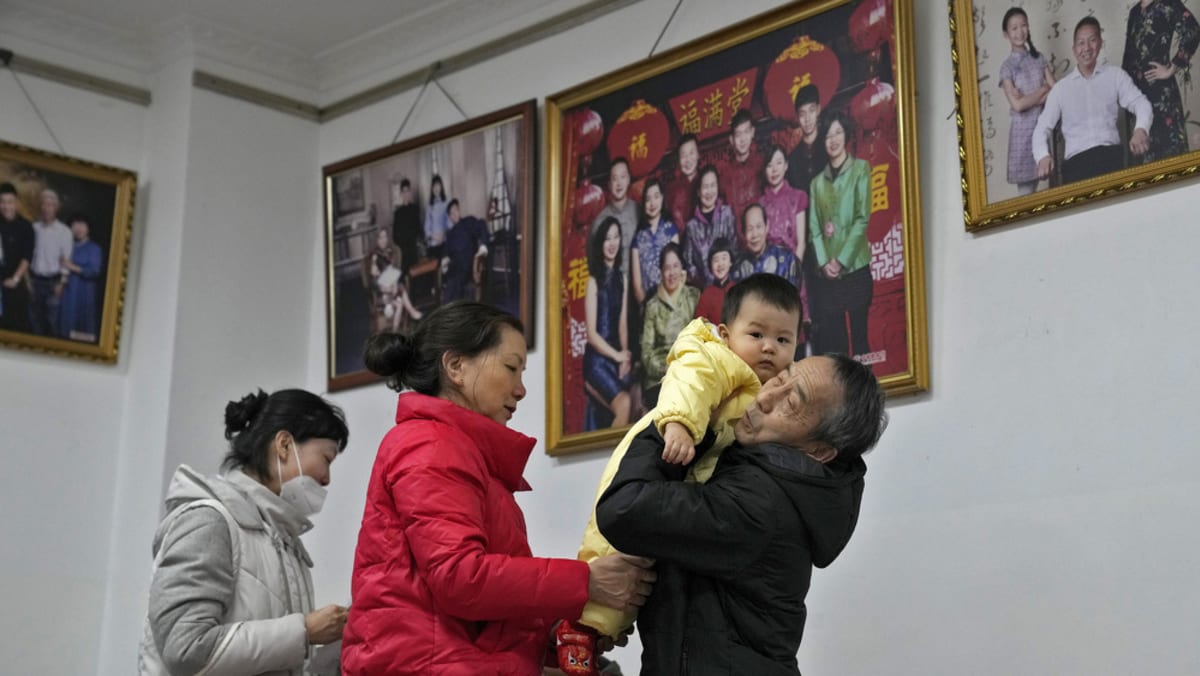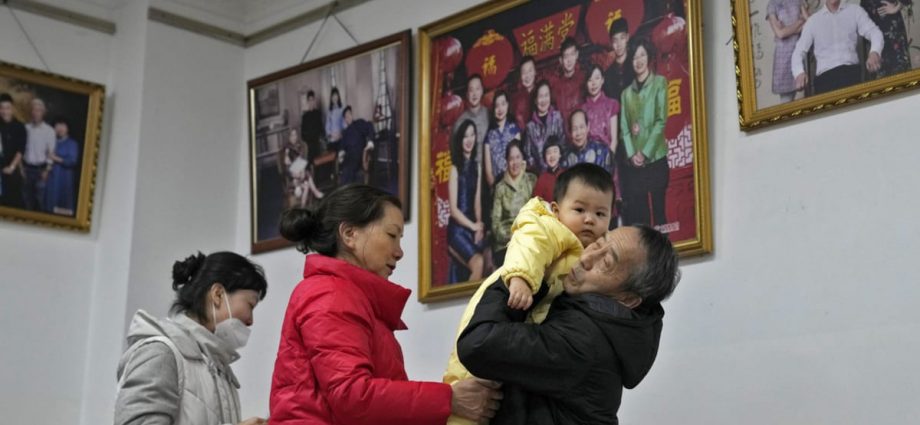
WASHINGTON DC: The trend of Asian populations growing and moving to cities providing cheap labour, demand for modern infrastructure and high economic growth – has reached a turning point with China now joining countries with shrinking populations in the region.
Still, the ageing and shrinking economies of Northeast Asia are likely to continue to be Asia’s major powers for the foreseeable future, but will link in new ways to Asia’s still-growing states.
Asia’s dominant economies — China, Japan, South Korea and Taiwan — are together experiencing unprecedented rapid population ageing. It was only in 1999 that any major country had ever reached a median age above 40, with Japan at 40.4.
Japan continued to have the highest median age in the world in 2021 at 48.4, and its neighbours are close behind. In contrast, the majority of the world’s population lives in poor countries with young median ages – including several Indo-Pacific states such as India, Indonesia, the Philippines and Vietnam.
NEW ECONOMIC CONNECTIONS
Asia’s varied demographic transitions are creating surprising new connections. Manufacturing superpowers, Japan and South Korea, have shifted much of their production to places with more youthful populations.
In 2018, over one quarter of Vietnam’s gross domestic product was created by just one South Korean firm, Samsung. This is not a one-way street, as production in Vietnam constituted 30 per cent of Samsung’s global sales that year.

